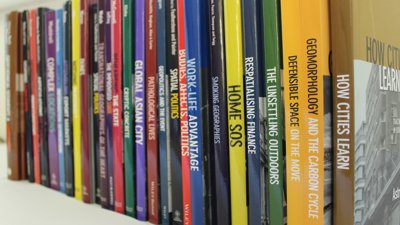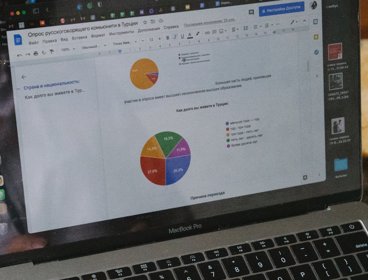By Matt Jenkins
Once your work has been accepted for publication in a journal or as a contribution to a book it is passed on to a production team. There are a number of things you can do to make sure your manuscript is in the best condition possible for production. Failing to do so is unlikely to mean your manuscript goes unpublished, but will slow things down.
Formatting your manuscript
At a bare minimum, your manuscript needs to be clear and complete: headings should be obvious; notes or captions should be clearly separate from the text; figures or tables cited should be included with your submission; there must be a reference entry for every work cited. You do not need to make your manuscript look exactly like the published style of the journal or book but you do need to format it according to the house style, which may influence the way you write your piece (e.g. the number of heading levels, format of tables and figures, whether figures can appear in colour). Style guides are normally available online or, if not, from the editorial office or publisher.
References
Referencing is a vital part of the academic endeavour. References should therefore be as complete and accurate as possible, and in the correct style (again, refer to style guides or previous examples, particularly when referencing less usual media). Things to remember include: providing page numbers for book chapters, providing full and accurate URLs and accessed dates for material from the web, and not using a year of publication for unpublished work (‘forthcoming’ or ‘in review’). Works published online ahead of print should be cited using their Digital Object Identifying (DOI) number. The format follows the style for referencing material published in print, with the year of publication indicating when the work appeared online and the volume, issue and pagination details being replaced by the DOI. If the DOI is used correctly, it will help readers (and citation indices – see Journal Impact Factors and bibliometrics) find the right article.
Figures
Maps, graphs or images can be an integral part of your piece, so it is important that they are as clear as possible, and that they adhere to the author guidelines. Resolution (how well defined an image is), is measured in dots per inch (dpi). Figures with a low resolution can appear pixelated when printed, so for most purposes figures should have a minimum resolution of 300dpi if they are tonal (e.g. most photographs and illustrations) or 600dpi if they are line art (e.g. most graphs and anything with text included within the image). For most publishers, almost any electronic format is acceptable, although TIFF and EPS are usually preferable. Graphs and tables produced in software such as Microsoft Excel are generally better submitted in their original format. It is best to avoid providing PDFs as they cannot be easily utilised by publishers. Best practice and style will also influence the details required, such as north arrows and scale bars on maps; labels, units and keys for graphs.
Copyright and permissions
Unless you have signed a contract with a publisher which moves the responsibility onto them, you will be responsible for ensuring that you do not infringe on the intellectual property rights of others. This means securing permission to use almost any material originally produced by someone else. The main exceptions are unmodified quotations of less than 300 words and the use of facts or ideas originally put forward by another author, as long as you are expressing them in your own way. In these cases, you merely need to fully acknowledge their origin through a citation. As a rule of thumb, everything else will need copyright clearance. This applies to images; photos you have taken of items and artworks belonging to others; any text, however short, from poems and songs; most maps. All identifiable individuals in photos or interview extracts should be anonymised, unless they have given you explicit permission to publish their image/statements. This is separate from the permission to take part in your research, which is not sufficient for publication of their images. The exception is public figures performing public duties, although if you have not taken an image yourself you will still need permission from the photographer or owner.
About this guide
Publishing is a crucial, but sometimes daunting and unexplained, part of academic life. All academic geographers are supposed to do it, but there are few formal guidelines about how best it should be done. Many of us discover how to publish by trial and error or through the mentoring and support of colleagues. Publishing and academic landscapes also change, presenting new challenges to established academics. The publishing and getting read guides have four main aims: to provide clear, practical and constructive advice about how to publish research in a wide range of forms; to encourage you to think strategically about your publication profile and plans; to set out some of the opportunities and responsibilities you have as an author; and to support you in getting your published research read.

